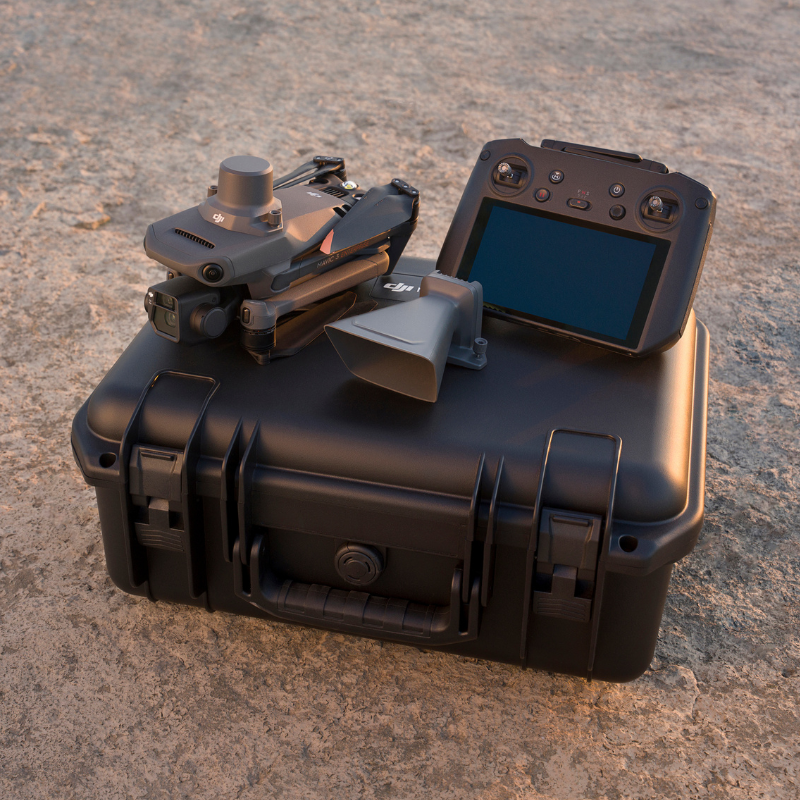
Products
DJI Mavic 3 Series vs Mavic 3 Enterprise Series
Find out the difference between the DJI Mavic 3 Series (Mavic 3, Mavic 3 Cine and Mavic 3 Classic) and the Mavic 3 Enterprise Series (Mavic 3E, Mavic 3T and Mavic 3M). The Mavic 3 Series is suited to cinematography, the Mavic 3 Enterprise i ... Read More

Comparison between the DJI Mavic 3 Series (Mavic 3, Mavic 3 Cine, and Mavic 3 Classic) and the Mavic 3 Enterprise Series (Mavic 3E, Mavic 3T, and Mavic 3M);
Each drone has its own distinct features, making each suitable for a different target audience;
The Mavic 3, Mavic 3 Cine, and Mavic 3 Classic are engineered for content creation: All three have a quality 4/3 CMOS Hasselblad sensor, but the Mavic 3 and Mavic 3 Cine also feature a tele camera for enhanced zoom. The Cine also has larger storage and Apple ProRes capabilities for high-end cinematography;
Mavic 3 Enterprise built for precision surveying and inspection, including optimised mapping camera with short shooting interval, large pixel size, and mechanical shutter; compatibility with RTK module for TimeSync and GCP-free surveying; and route planning;
**Mavic 3 Thermal designed for public safety, search and rescue and inspection. Only Mavic 3 drone to have a thermal sensor. The Mavic 3T is compatible with accessories, including loud speaker, and can be used with DJI FlightHub 2, especially suited for public safety teams to enhance situational awareness and teamwide collaboration;**
Mavic 3M is designed for agriculture, land management, and environmental monitoring, featuring an RGB camera and four multispectral cameras.
The DJI Mavic 3 family has new additions: The Mavic 3 Enterprise and Mavic 3 Thermal join the Mavic 3, Mavic 3 Cine, and Mavic 3 Classic in this upgraded generation of lightweight, portable drones.
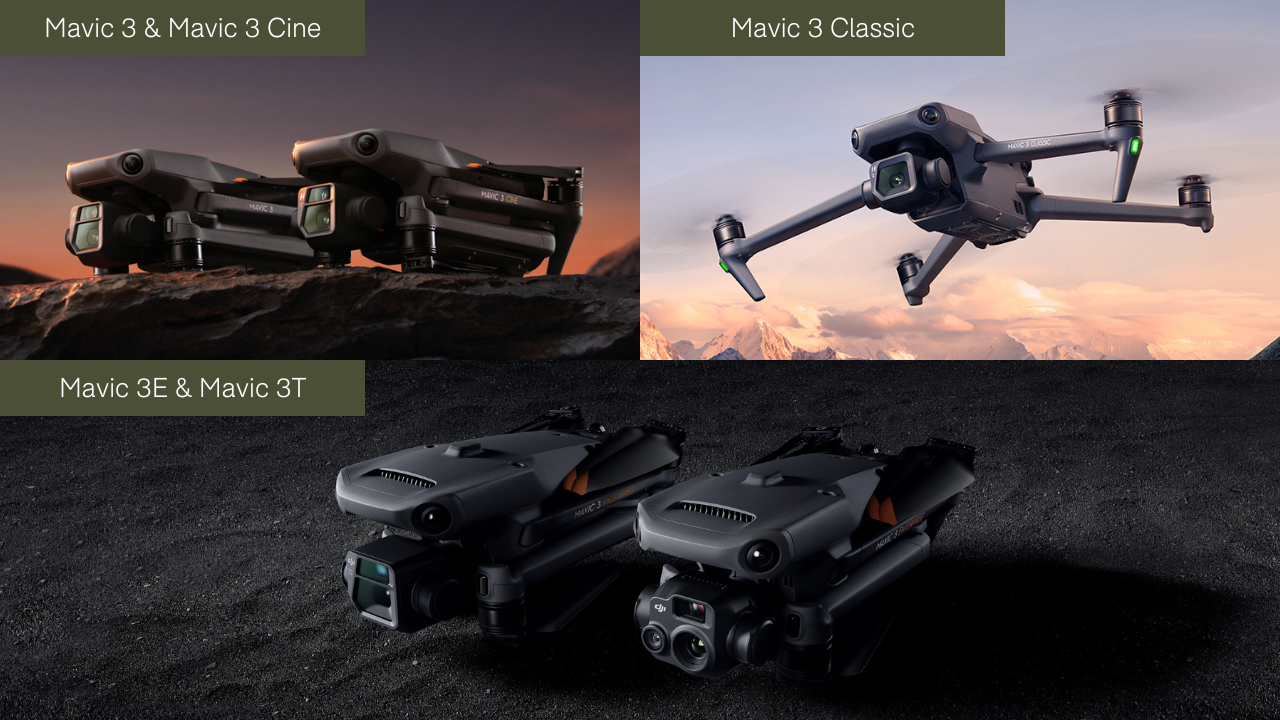
And in November 2022, DJI added the Mavic 3M.
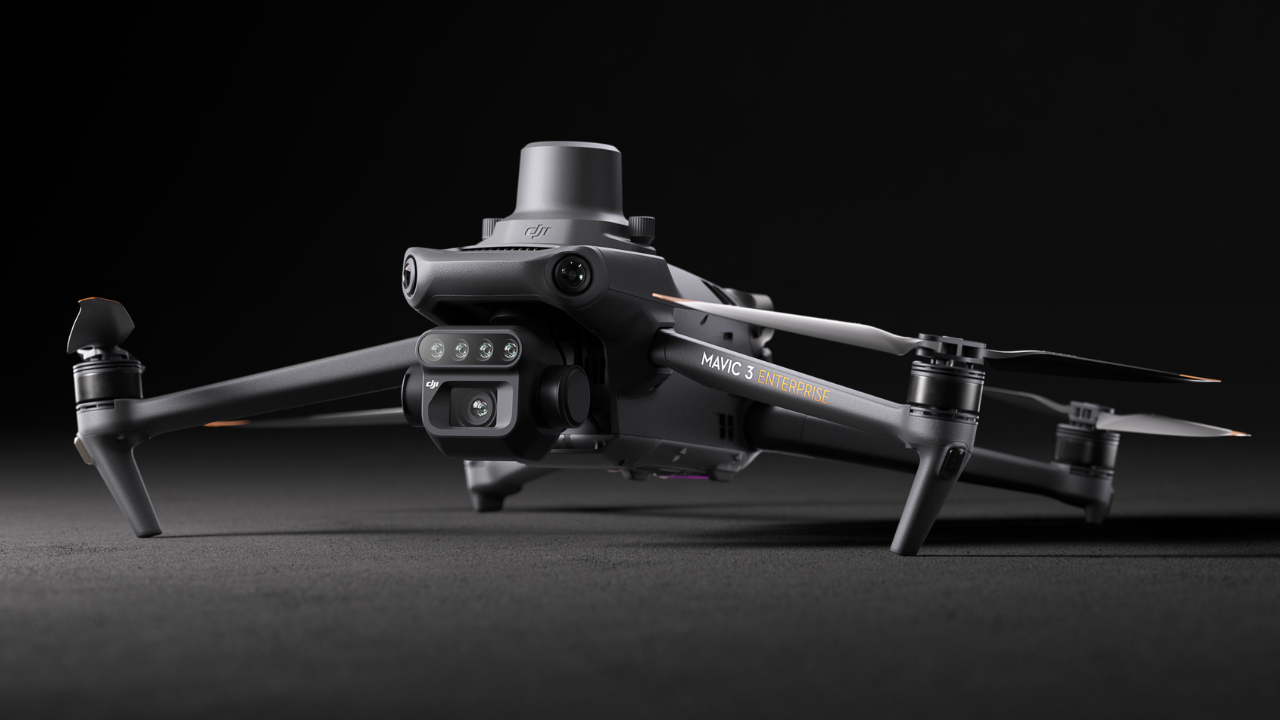
So, with six Mavic 3 aircraft to choose from, which one is right for you, and what do the Mavic 3E, Mavic 3T, and Mavic 3M bring to the party?
In a nutshell, each drone in the Mavic 3 range has a very defined role to play, based on their specific capabilities: Mavic 3, Mavic 3 Cine, and Mavic 3 Classic are aimed at content creators, with the Cine especially suited to high-end filmmaking; the Mavic 3 Enterprise is engineered for high-precision, centimetre-accurate surveying and inspection; the Mavic 3 Thermal is designed for search and rescue, public safety and thermal inspection and thermal mapping; and the Mavic 3M is best suited to agriculture, land management, and environmental monitoring.
This blog will examine each drone's core features and highlight their suitability for their specific industry vertical.
DJI Mavic 3 vs Mavic 3 Cine vs Mavic 3 Classic vs Mavic 3 Enterprise vs Mavic 3 Thermal vs Mavic 3 Multispectral: At A Glance
The table below provides an at-a-glance overview of the different Mavic 3 drones.
Mavic 3/Mavic 3 Cine/Mavic 3 Classic | Mavic 3 Enterprise | Mavic 3 Thermal | Mavic 3 Multispectral | |
Weight | Mavic 3 and Mavic 3 Classic: 895 g Mavic 3 Cine: 899 g | 915g (no accessories) | 920g (no accessories) | 951g (with propellers and RTK module) |
Wide Camera | Hasselblad Camera; 4/3 CMOS; 20 MP | 4/3 CMOS; 20 MP | 1/2" CMOS; 48 MP | 4/3 CMOS; 20 MP |
Tele Camera | 1/2-inch CMOS: 12 MP (Mavic 3 and Mavic 3 Cine only. Mavic 3 Classic does not have a tele camera) | 1/2-inch CMOS: 12 MP | 1/2-inch CMOS: 12 MP | No |
Shutter | Electronic | Mechanical and Electronic | Electronic | Mechanical and Electronic |
Minimum Photo Interval | 2.5s | 0.7s | 2s | 0.7s |
Max Zoom | 28x hybrid zoom (Mavic 3 and Mavic 3 Cine only. Mavic 3 Classic has 3x digital zoom from its Hasselblad sensor) | 56x hybrid zoom | 56x hybrid zoom | - |
Thermal Camera | No | No | 640 x 512 @ 30Hz | No |
Multispectral Camera | No | No | No | Four bands, each camera 5MP: Green (G): 560 ± 16 nm; Red (R): 650 ± 16 nm; Red Edge (RE): 730 ± 16 nm; Near infrared (NIR): 860 ± 26 nm |
Smart Photography | Supports time-lapse, point of interest etc | No | No | No |
Max Flight Time | 46 mins | 45 mins | 45 mins | 43 mins |
Transmission System/Range (CE) | O3+; 8km | O3 Enterprise; 8km | O3 Enterprise; 8km | O3 Enterprise; 8km |
Obstacle Avoidance | Omnidirectional | Omnidirectional | Omnidirectional | Omnidirectional |
Built-in flight safety flashing beacon | No | Yes | Yes | No |
Sunlight Sensor | No | No | No | Yes |
Controller Compatibility | DJI RC Pro DJI RC DJI RC-N1 | DJI RC Pro Enterprise | DJI RC Pro Enterprise | DJI RC Pro Enterprise |
App | DJI Fly (No MSDK) | DJI Pilot 2 (Supports multiple route planning) | DJI Pilot 2 (Supports multiple route planning) | DJI Pilot 2 (Supports missions like Flight Path Inspection) |
FlightHub 2 Compatibility | No | Yes | Yes | No |
Mission Planning | No | Yes | Yes | Yes |
Extensibility | No SDK | MSDK, PSDK, Cloud API | MSDK, PSDK, Cloud API | MSDK, PSDK, Cloud API |
Compatible With Accessories | No | Yes, including RTK module, loud speaker, and DJI D-RTK 2 Base Station | Yes, including RTK module, loud speaker, and DJI D-RTK 2 Base Station | Yes, including RTK Module (comes with the drone), loud speaker, and DJI D-RTK 2 Base Station |
Uses | Content creation; Visual inspection | High-precision surveying; AEC/Mining; Inspection | Public Safety; Search and Rescue; Inspection (visual and thermal); Thermal mapping | Agriculture; Land management: Environmental monitoring |
DJI Mavic 3 vs Mavic 3 Cine vs Mavic 3 Classic vs Mavic 3 Enterprise vs Mavic 3 Thermal vs Mavic 3 Multispectral: In-depth Comparison
So, that's the overview.
Now it's time to dig a bit deeper into the capabilities of each drone.
DJI Mavic 3, Mavic 3 Cine, and Mavic 3 Classic: The Filmmaking Drone
The DJI Mavic 3 and Mavic 3 Cine (released November 2021) as well as the Mavic 3 Classic (released November 2022) are next-generation content creation drones, packing highly-impressive imaging capabilities into a foldable, lightweight (Mavic 3 and Mavic 3 Classic: 895 g; Mavic 3 Cine: 899 g) frame. Their imaging specs also make them suitable for visual inspection.
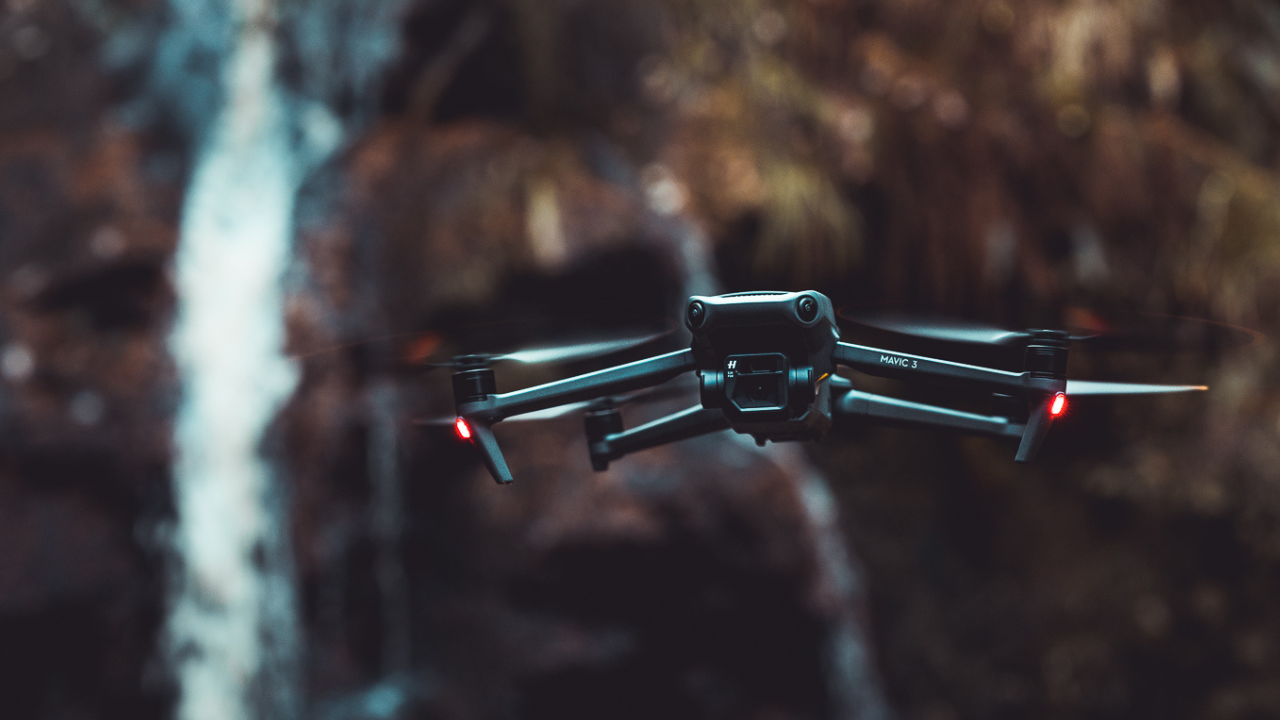
This trio of Mavic 3 drones benefit from a 4/3 CMOS 20MP Hasselblad camera and have the ability to shoot 5.1K/50fps video and epic 4K/120fps slow-motion.
The Mavic 3 and Mavic 3 Cine also have a 1/2-inch CMOS 12MP Tele camera, capable of achieving 28x hybrid zoom. The Mavic 3 Classic does not feature the Tele camera, and has 3x digital zoom via its single Hasselblad sensor.
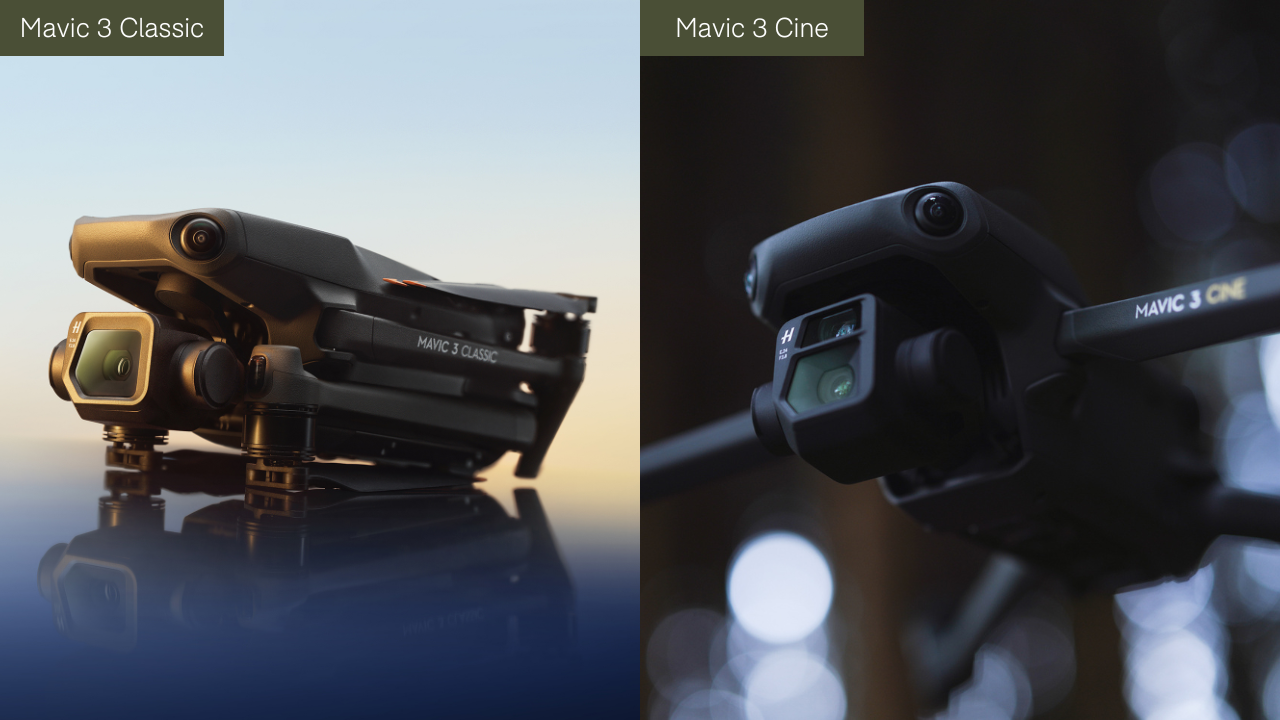
Engineered for quality content creation, the Mavic 3, Mavic 3 Cine, and Mavic 3 Classic have a suite of functions and features such as 12.8 stops of Native Dynamic Range; Hasselblad Natural Colour Solution (HNCS) to deliver vivid, natural colours; 10-bit D-Log to deliver natural colour gradations; HLG for higher dynamic range; Vision Detection Auto Focus Technology; and night shots video to optimise footage in low-light scenarios.
To take content creation to another level, the Mavic 3 Cine uses Apple ProRes 422 HQ Codec - the industry standard for high-quality video and one of the best practical HD formats available for cinematography.
To complement this, the Cine has an internal 1TB SSD to cater for these larger Apple ProRes files. A microSD card can also be inserted for additional capacity.
The standard Mavic 3 and Mavic 3 Classic have 8GB of onboard storage, plus capacity for a microSD card. They do not use Apple ProRes, instead utilising MP4/MOV (MPEG-4 AVC/H.264, HEVC/H.265).
To read more about the differences between the Mavic 3, Mavic 3 Cine, and Mavic 3 Classic, read our comparison blog.
All three drones are compatible with numerous DJI controllers, namely the DJI RC Pro and DJI RC - both smart controllers with built-in screens - as well as the RC-N1. Read our in-depth comparison guide to find out more about these controllers.
Use the Mavic 3, Mavic 3 Cine, and Mavic 3 Classic with the DJI Fly app.
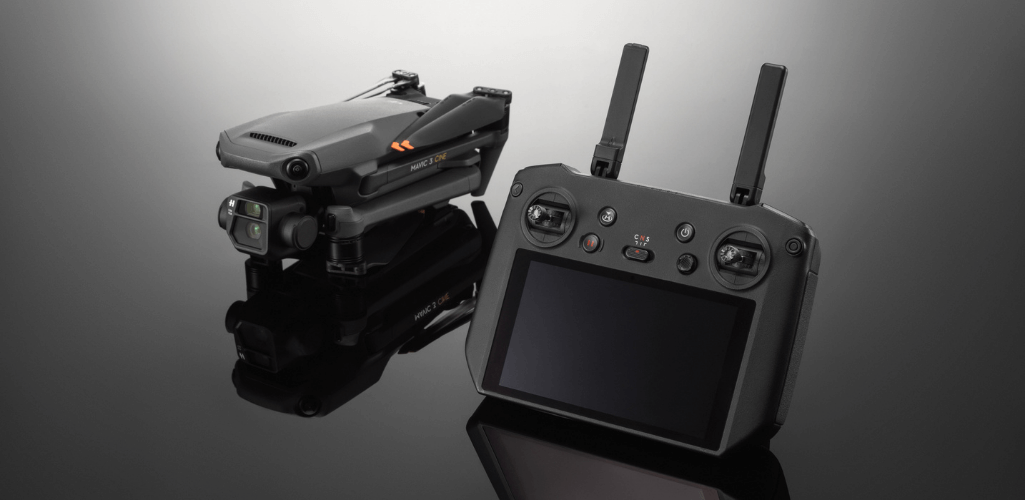
The Mavic 3 Series have a maximum flight time of 46 minutes and a wealth of advanced flight safety features, such as omnidirectional object sensing, Advanced Return To Home and APAS 5.0.
DJI Mavic 3 Enterprise: The Surveying Drone
The DJI Mavic 3 Enterprise is engineered for GCP-free, centimetre-accurate aerial surveying and precise visual inspection.
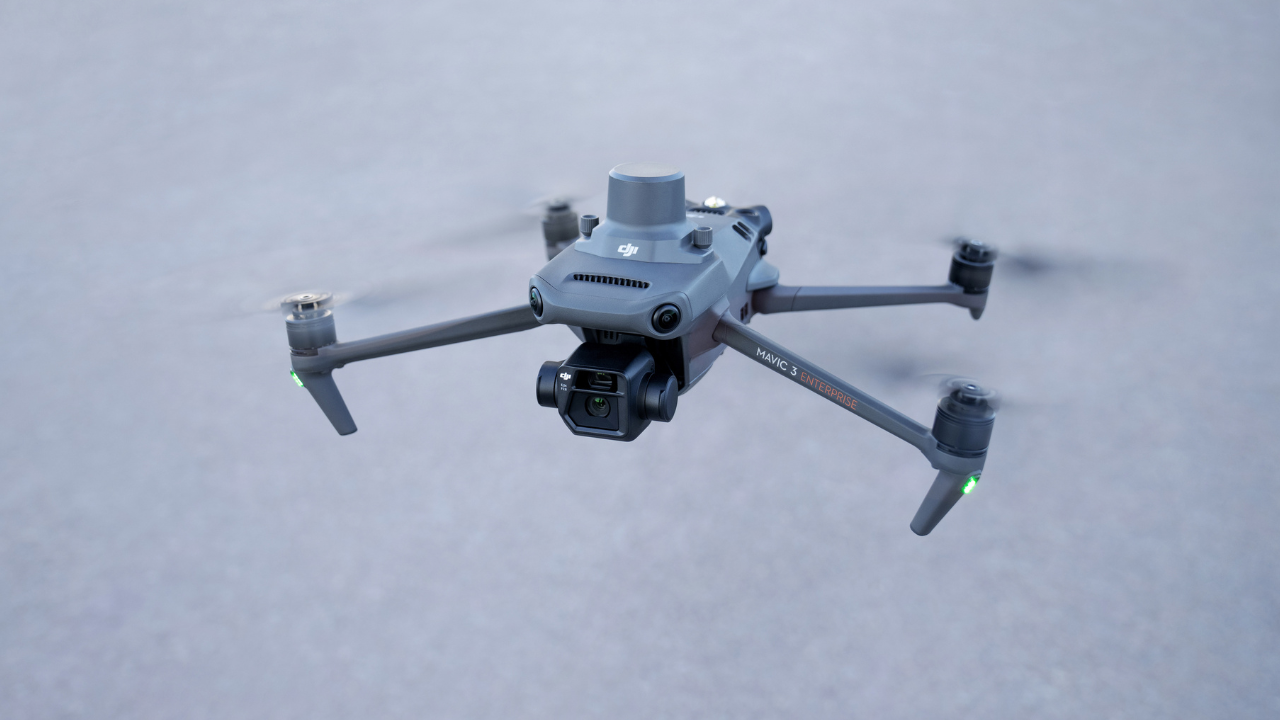
Like the Mavic 3 Series, the Mavic 3 Enterprise has a 4/3-inch CMOS 20MP wide camera. It also has a 1/2-inch CMOS 12MP Tele camera.
But, the aircraft's imaging capabilities are tweaked to optimise it for surveying.
For instance, it is the only Mavic 3 aircraft to have mechanical and electronic shutters: The others only have electronic. The addition of the mechanical shutter ensures no jelly effect under high-speed movement, which is essential for a reliable surveying drone.
The Mavic 3 Enterprise also benefits from a shutter speed of 0.7s, compared to the Mavic 3's 2.5s. This shorter shooting interval, coupled with the M3E's 45 minutes of flight time (or 42 minutes with RTK Module), makes it a highly-efficient surveying solution.
For instance, with a GSD of 5cm, the orthophoto efficiency of the Mavic 3E can reach 2.25 square kilometres in a single flight.
Its Intelligent Low-Light Mode also offers significantly improved performance in dim conditions.
Unlike the Mavic 3 Series, the Mavic 3 Enterprise can carry accessories, such as a loud speaker. Although it's fair to say that the most important accessory for the Mavic 3E is its RTK module which supports TimeSync for GCP-free, centimeter-level surveying.
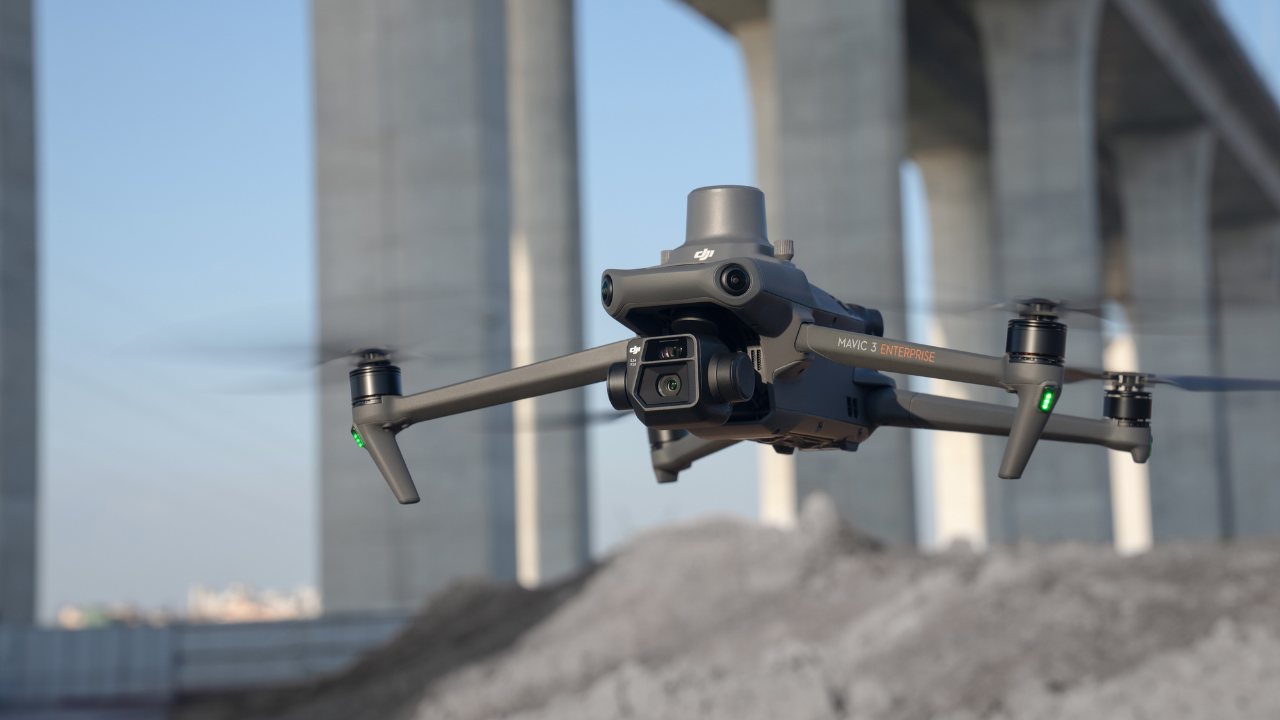
To further benefit surveying missions, the Mavic 3 Enterprise is compatible with route planning within DJI Pilot 2, such as waypoint, mapping, oblique and linear, and is compatible with DJI Terra.
The Mavic 3 Enterprise can also be used with DJI FlightHub 2 and is compatible with the new smart controller, the DJI RC Pro Enterprise with 1,000 nit high-brightness screen.
Like the Mavic 3 Series, the Mavic 3 Enterprise series features omnidirectional obstacle sensing, Advanced Return To Home and APAS 5.0.
DJI Mavic 3 Thermal: The Public Safety And Inspection Drone
The DJI Mavic 3T is built with public safety, search and rescue, inspection and thermal mapping in mind.
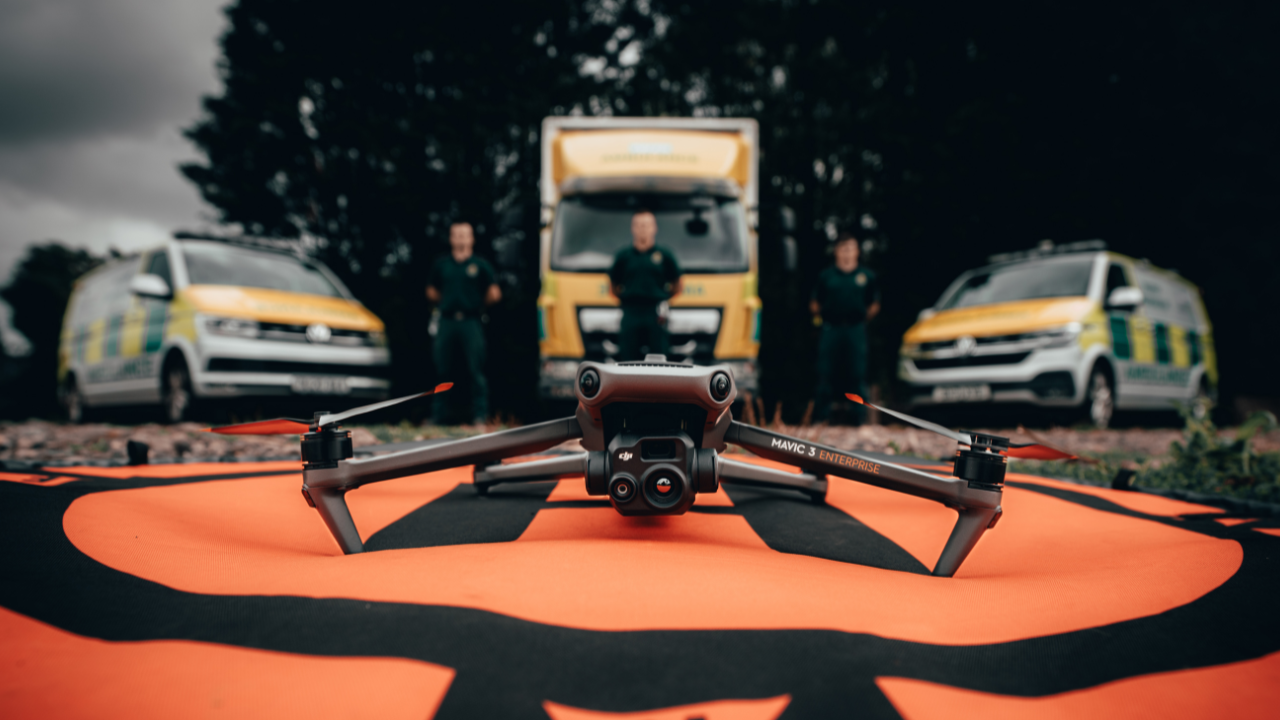
As its name suggests, the key differentiator is the addition of its 640 x 512 @ 30 Hz radiometric thermal sensor.
Combine this with the drone's Tele camera which helps it achieve 56x hybrid zoom, and you have an aircraft which is a powerful, lightweight and portable tool for law enforcement, looking for missing people or spotting abnormalities/defects during inspections.
Admittedly the visual (wide) sensor - 48MP 1/2-inch CMOS - is not as strong as the wide sensor on the Mavic 3, Mavic 3 Cine, Mavic 3 Classic or Mavic 3 Enterprise, but it packs enough capability to provide operators with visual data to make informed decisions and provide vital situational awareness.
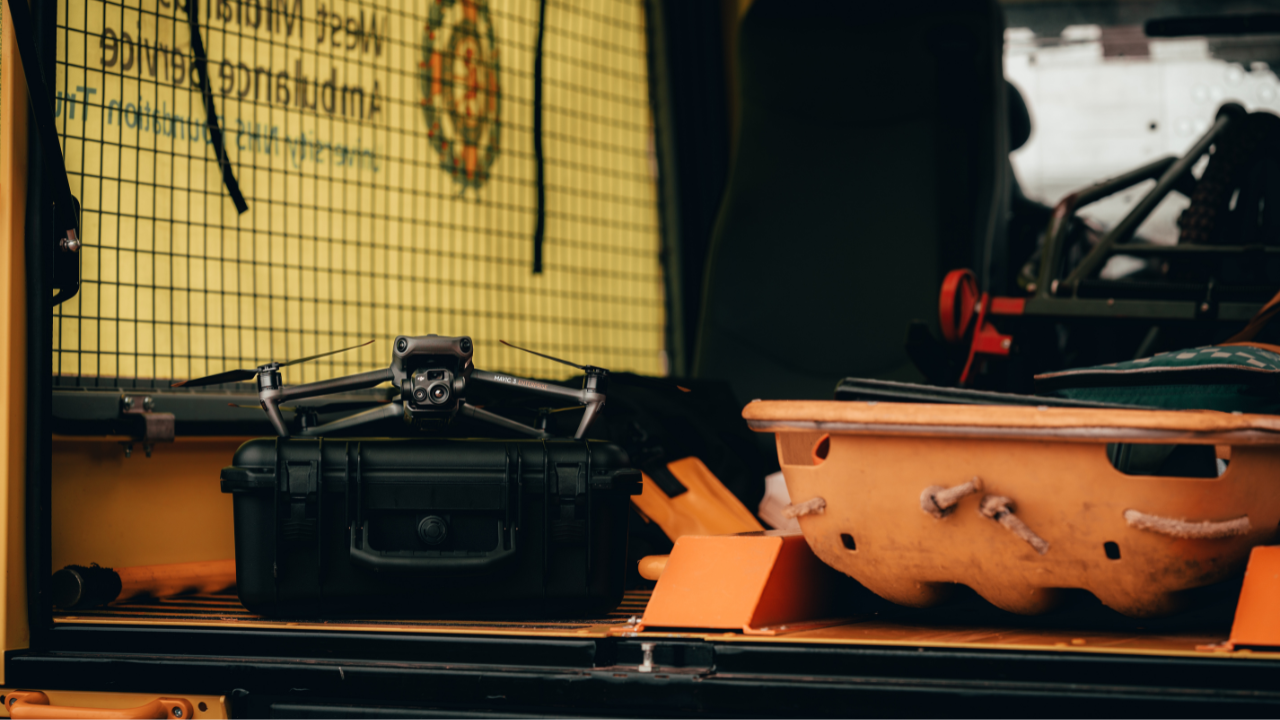
With its 45 minutes of flight time, the aircraft has decent endurance to capture mission-critical data.
Like the Mavic 3 Enterprise, the M3T can carry additional accessories, such as the RTK module (which improves georeferencing accuracy but not to the level of the Mavic 3 Enterprise) and a loud speaker which can be a crucial tool during certain emergency scenarios. Incidentally, the DJI RC Pro Enterprise controller has a built-in speaker which can be used with the speaker accessory.
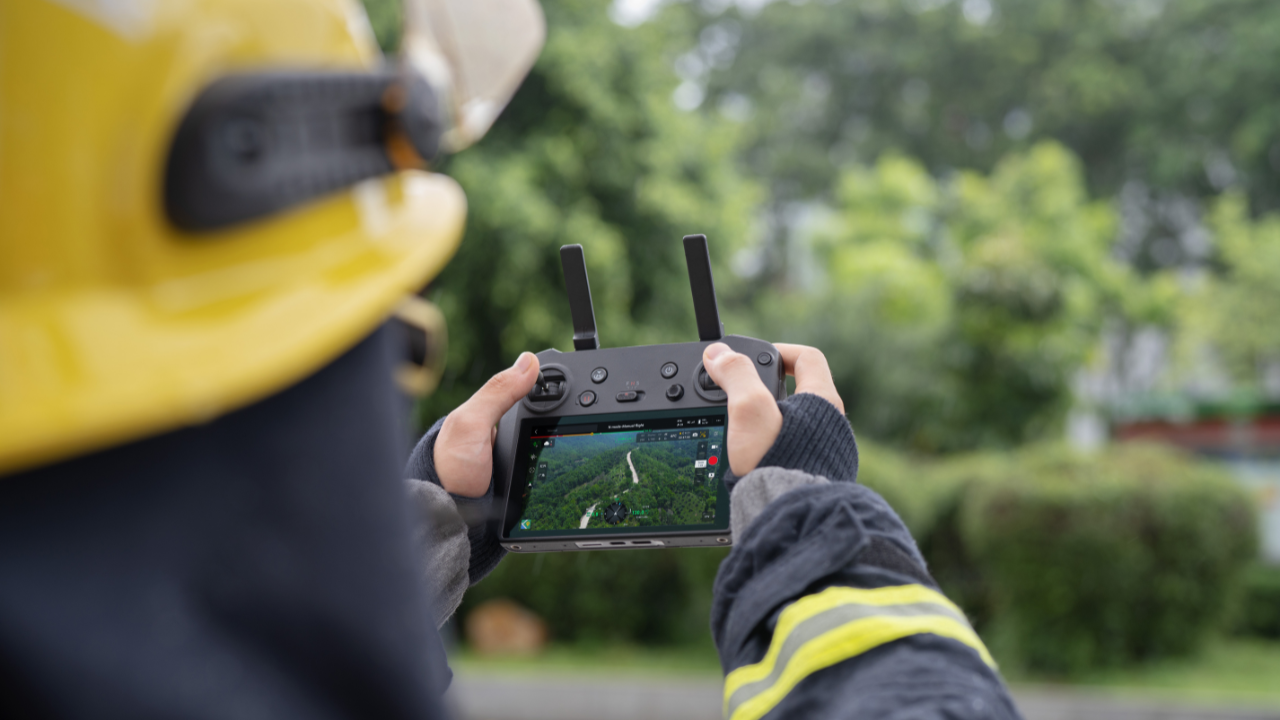
The M3T can be used with DJI FlightHub 2. Especially suited to public safety and search and rescue teams, this all-in-one cloud-based software is a vital tool for enhanced situational awareness and real-time team collaboration.
A highly-capable and reliable drone, the M3T has omnidirectional object sensing, APAS 5.0 and Advanced Return To Home.
DJI Mavic 3 Multispectral: The Agricultural Drone
The DJI Mavic 3 Multispectral is engineered for agriculture, land management, and environmental monitoring. It is a revamped farming drone to supersede DJI's older multispectral platform, the Phantom 4 Multispectral. Find out how the two compare in our Mavic 3M vs P4M comparison blog.
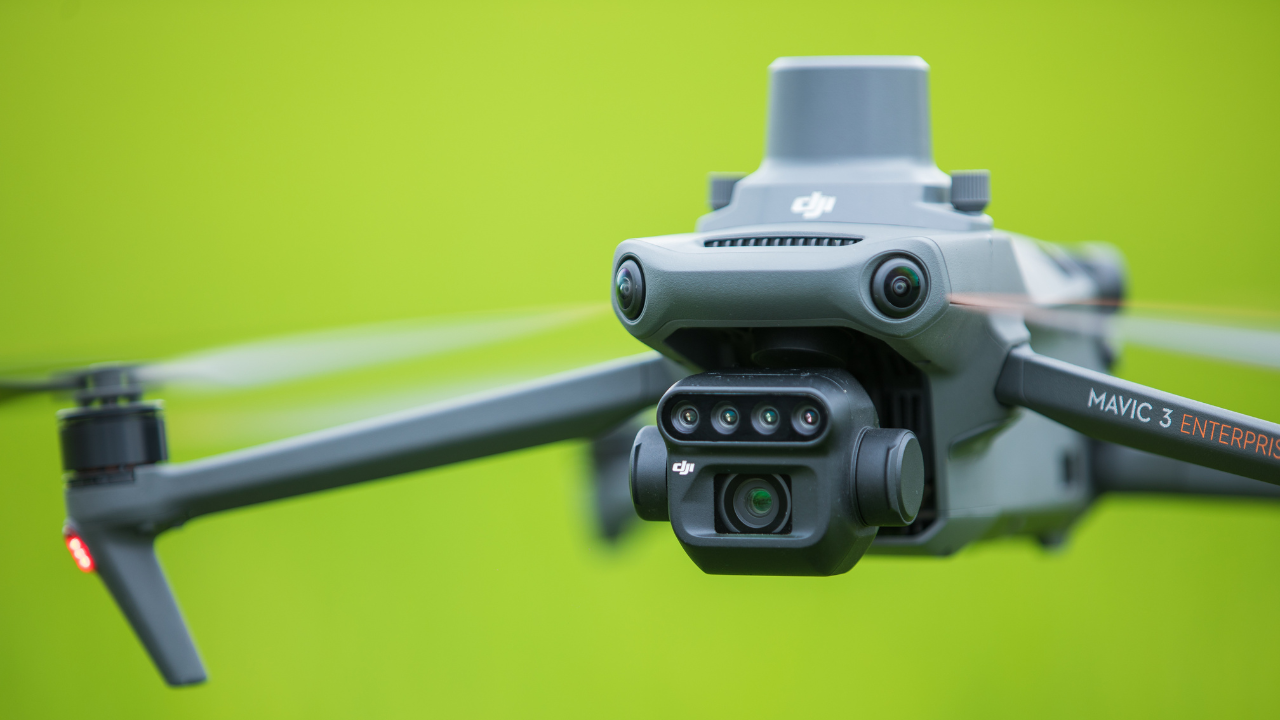
The Mavic 3M has a newly-upgraded imaging system with one 20MP RGB camera and four 5MP multispectral cameras (green, red, red edge, and near infrared). In fact, the aircraft features the smallest 4-band multispectral camera in the world.
The drone's camera array enables applications such as high-precision aerial surveying, crop growth monitoring, and natural resource surveys.
To further aid agricultural applications, the Mavic 3M features a sunlight sensor for more consistent data; is compatible with an RTK Module (comes with the aircraft) to enable highly-accurate mapping without ground control points; performs Smart Terrain Follow to maintain an even altitude as you fly a survey mission across varying terrain; and can conduct automatic field scouting.
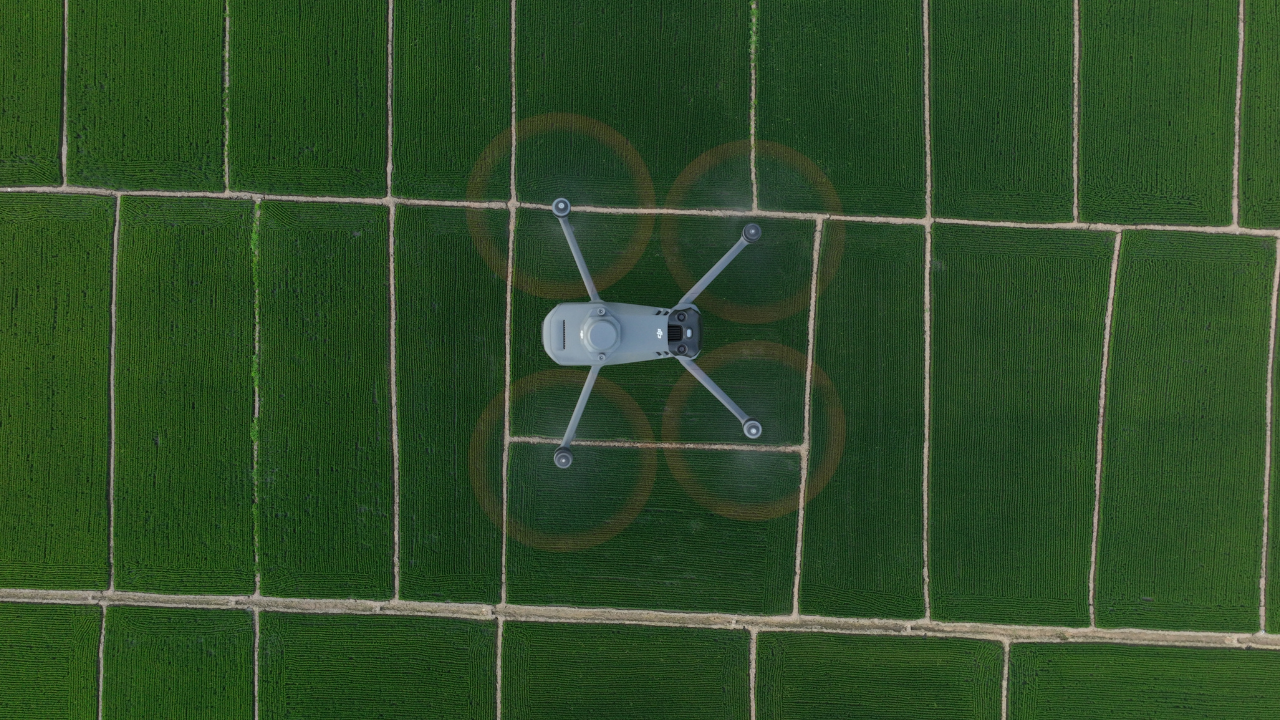
The Mavic 3M is also compatible with DJI Terra (to create maps and models) as well as the DJI SmartFarm app, which allows agricultural professionals to coordinate any data gathered with spraying and spreading operations.
DJI Mavic 3 vs Mavic 3 Cine vs Mavic 3 Classic vs Mavic 3 Enterprise vs Mavic 3 Thermal vs Mavic 3 Multispectral: Summary
The DJI Mavic is iconic, and the DJI Mavic 3 range builds on and innovates upon previous iterations of the popular Mavic family.
Now there are six Mavic 3 drones in the mix: The Mavic 3, Mavic 3 Cine, Mavic 3 Classic, Mavic 3 Enterprise, Mavic 3 Thermal, and Mavic 3 Multispectral.
Based on their specifications and characteristics, each one has its own target audience, whether that's content creation, surveying, public safety, inspection, thermal mapping, agriculture, or land management.
And for operators looking for a lightweight, portable and dependable solution, the Mavic 3 range certainly covers all bases.
Contact heliguy™ to start or scale your drone programme with the DJI Mavic 3 Series.
